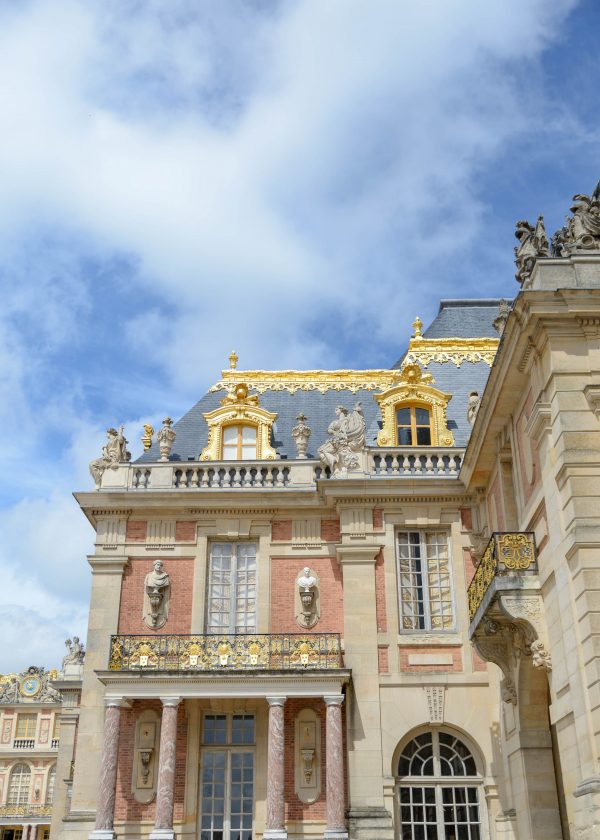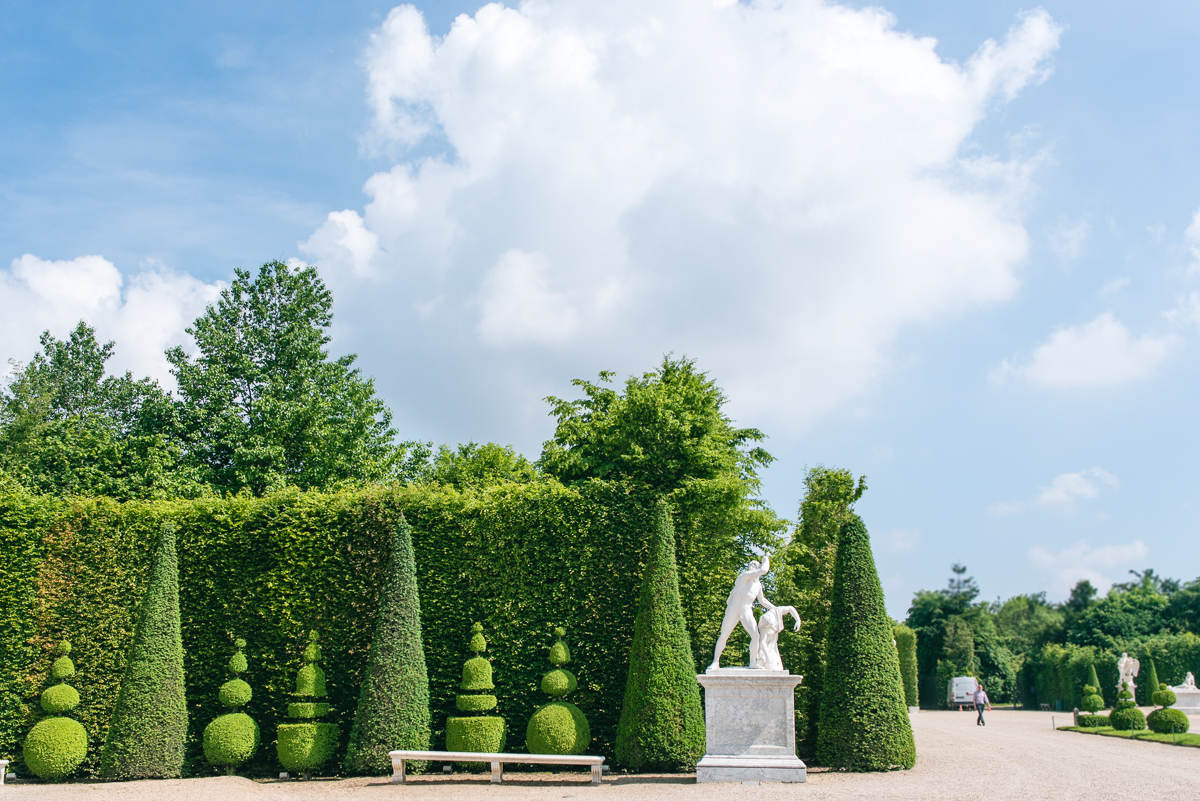
An acceptance of the rules of classicism pervaded French art, literature and education. These rules, applied to architecture, were based on mathematical formulae and the works of Vitruvius and Palladio, and resulted in grand building projects aimed at promoting the imperial regime of the king, Louis XIV. This pompous style is known as the Classical Baroque in France.
The Royal Academy of Architecture, founded in 1671, established a tight control over architectural design that was to dictate, as with the Academy of Painting and Sculpture founded some years before, architectural design standards in France until the late 19th century.


